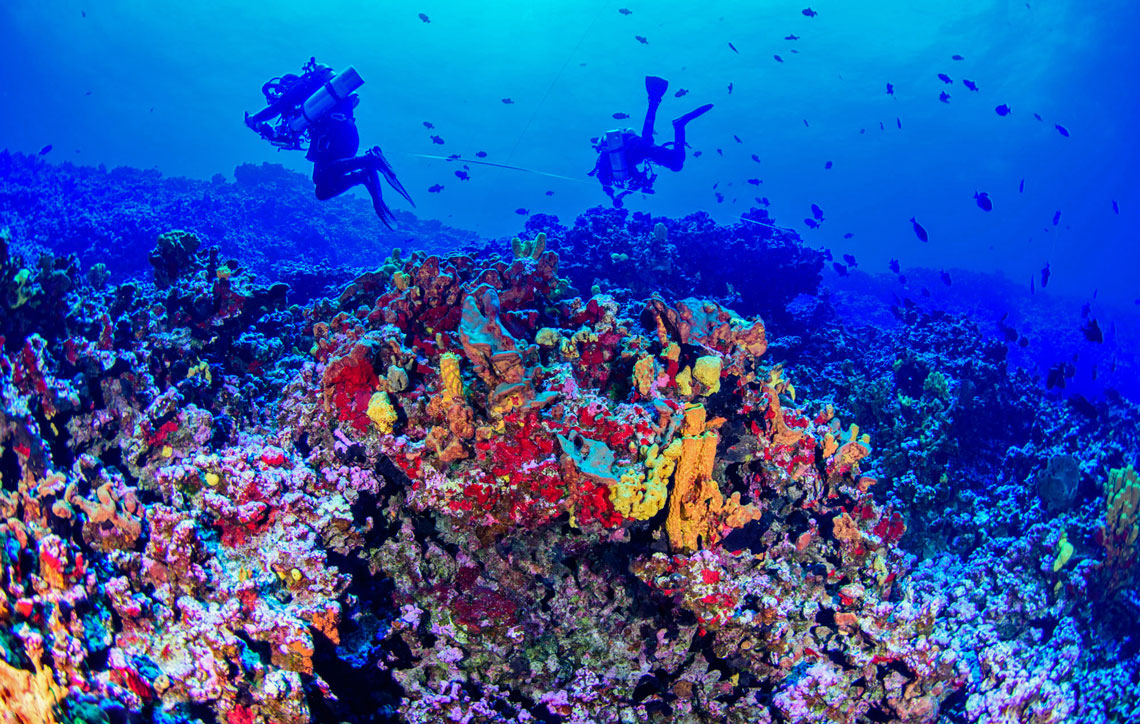Two recent discoveries show that the Brazilian sea, although threatened by pollution, predatory fishing, mining, and oil exploration, still has much to reveal.
On top of underwater mountains near the southeastern state of Espírito Santo, researchers from the University of São Paulo (USP) and the Federal University of Espírito Santo (Ufes) found a new type of reef, forming hills dotted with red, orange, and yellow as far as the eye can see, with a high concentration of large fish.
In São Paulo, in a deep region called the continental slope, another group from the USP Oceanographic Institute discovered a rare species of fisheries, collected at about 800 meters deep, where light hardly reaches. The species was named Sciadonus alphacrucis, in honor of the oceanographic ship Alpha Crucis, and is known only from a couple collected on that expedition. The fish were blind and, something rare for this group of animals, viviparous (that is to say, the female generates offspring in the womb).
“There is still much to discover, both in distant regions and not so distant from the sea, which increases our responsibility for the use we make of the ocean,” notes oceanographer Beatrice Padovani Ferreira from the Federal University of Pernambuco, who did not participate in the research.
This is the case of Mount Davis, submerged in the middle of the Victoria-Trindade mountain range, which extends perpendicularly for a thousand kilometers along the coast of Espírito Santo. According to previous studies, the top would be an extensive field of rhodoliths — round clusters formed by calcareous algae.
It was there that, in September 2011, biologist Hudson Tercio Pinheiro from USP’s Center for Marine Biology (CEBIMar) was surprised when he dove and carefully observed the top of the mountain at a depth of 70 meters.

The researcher came face to face with an unexpected type of reef, formed by up to 50-meter-long saws growing from the base. Around the hills, there was a great diversity of fish, with many sharks and other large predators, such as the grouper (Epinephelus itajara), up to 1.5 meters long, hiding among the reefs.
The area constitutes a new type of marine environment, called coral hills, due to the calcareous algae that form the reefs, and was described in an article published in May 2022 in the scientific journal Coral Reefs. Other reefs, such as coastal reefs, are also usually built by corals, algae, and bryozoans, marine organisms with a calcareous skeleton that live fixed to the bottom in shallow waters.
A wealth of biodiversity
By comparing the hills with similar environments, researchers...


 Search
Search










































